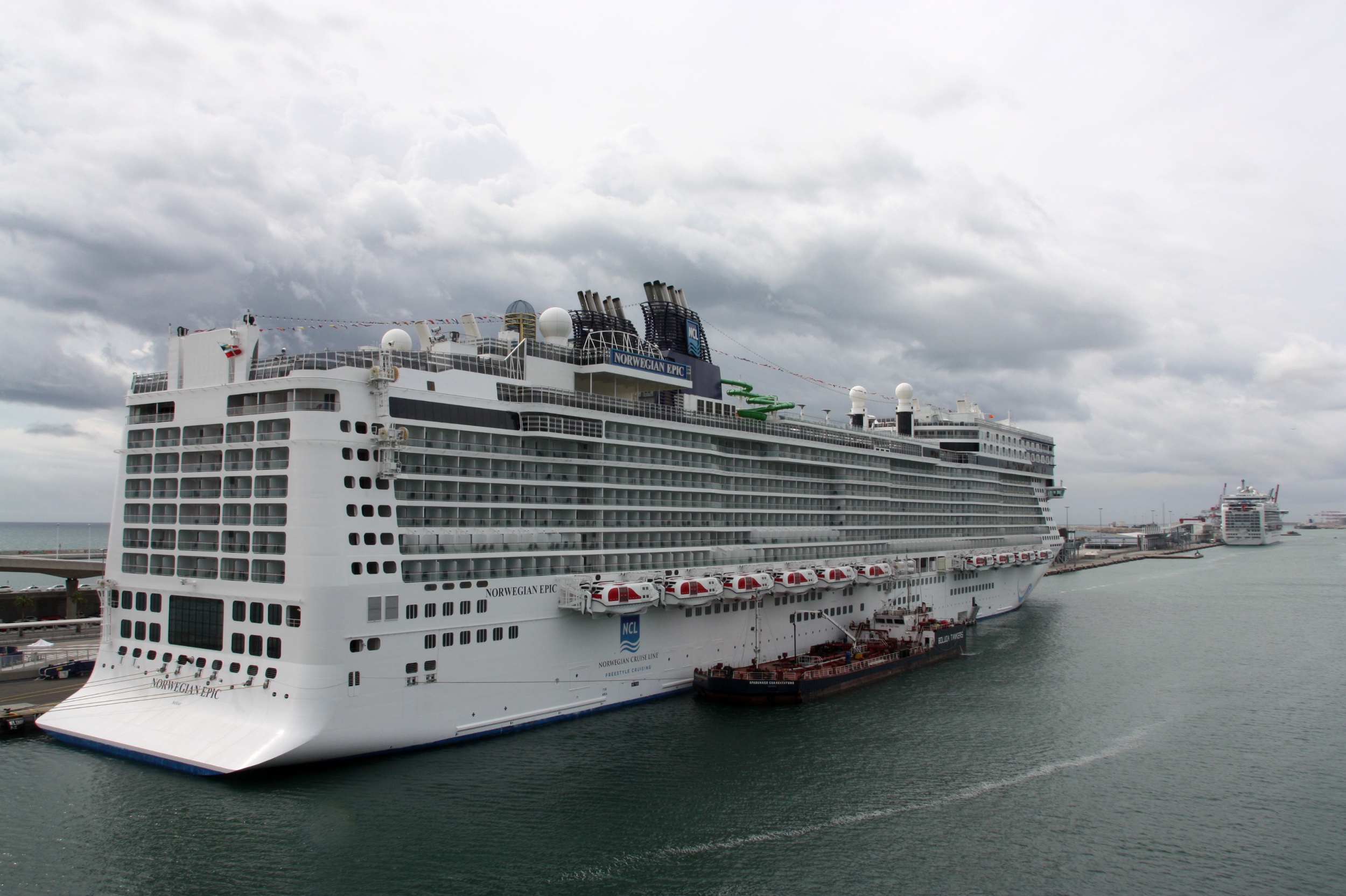Barcelona Port welcomed more than 2.7m cruise passengers in 2017
14k meters squared of the maritime institution will also be freed up for public use

The Port of Barcelona received an unusual amount of attention in 2017, hosting cruise ships festooned with cartoon characters that housed extra Spanish police forces dispatched to crack down on the independence referendum.
But, this has not stopped the Catalan capital Port from having a good year, welcoming more than 2.7 million cruise passengers. This number surpasses the 2.68 million from 2016, according to the Barcelona Port Authority.
Regards the whole of Spain, over 9 million cruise passengers reached shore on the peninsula; in fact, according to data released from the Spain’s Ports, numbers have multiplied by 18 in the past quarter of a century: 1992 saw a mere 480,000 visitors arriving in the state.
Passengers on regular cruise lines also rose by 4% in 2017, reaching 24.7 million individuals. Spain’s Ports estimates the volume of business as €1,255 million, with 26,500 jobs created by the cruise industry in Spain.
Port frees up 14k meters squared for public use
But, a flood of this many tourists can have its strain on a city, and the Barcelona Town Hall and the Port of Barcelona have agreed to reduce by one terminals welcoming cruise ships. This will free up more than 14,000 square meters in the port for public use.
Additionally, starting in 2022, it was decided that the Maremàgnum, Drassanes, North and South cruise ship terminals will start to be relocated to the Adossat quay, further from the city center.
“The Port of Barcelona space will be more integrated to the city and more open, and citizens will be able to feel like they are getting it back,” proclaimed Barcelona mayor Ada Colau at a press conference on Friday.
The president of the Port of Barcelona, Sixte Cambra, explained that the change is “compatible with the strategy to consolidate Barcelona’s leadership” when it comes to cruise lines. He added that the change doesn’t necessarily mean there will be less activity, just that “the growth be sustainable.” The Barcelona Town Hall and the Port also agreed to reform the Nova Bocana leisure area and marina, and allocate 14,000 meters squared for educational and cultural usage.